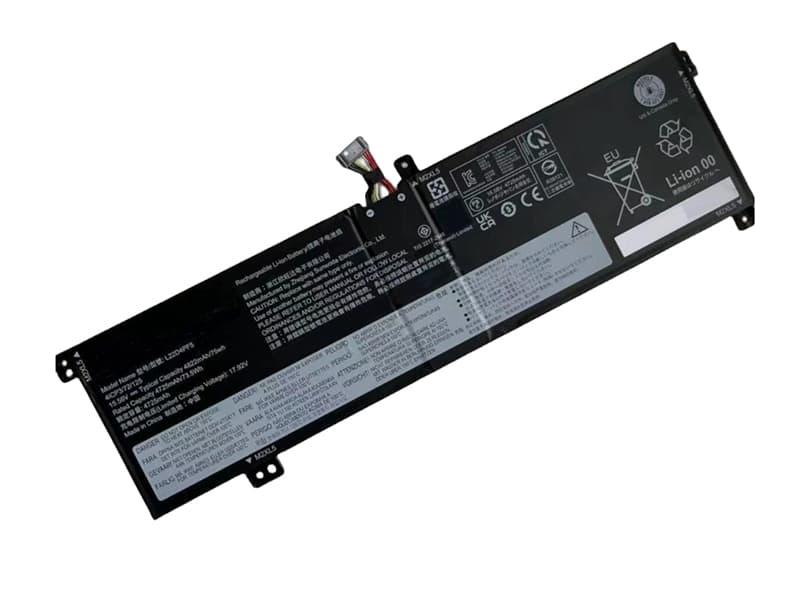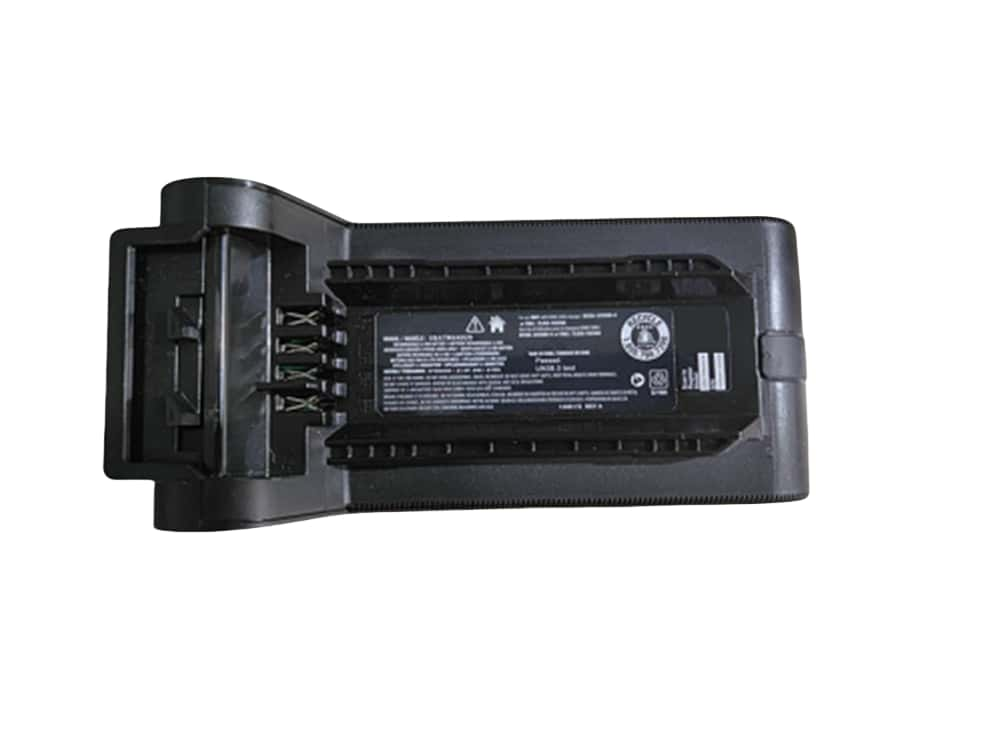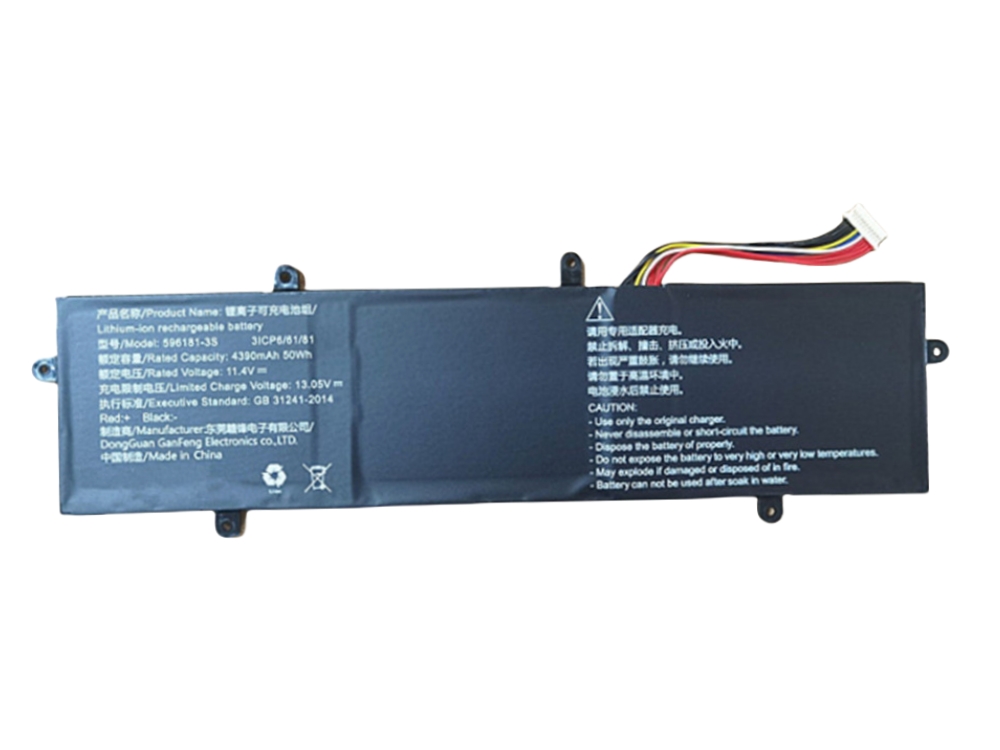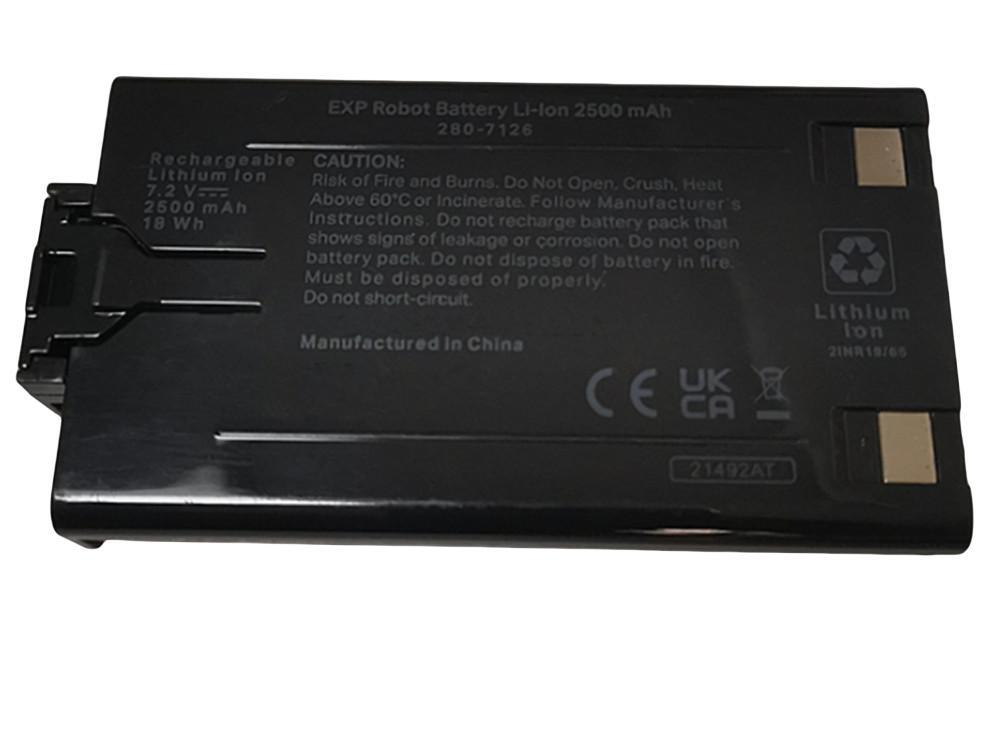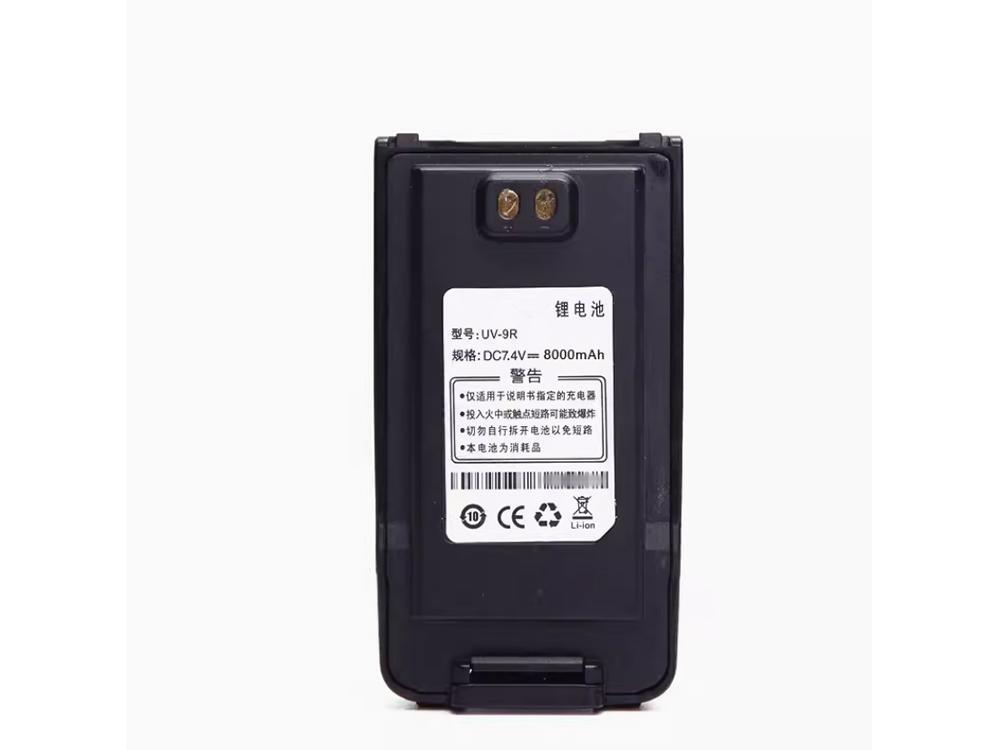Batería para recargable TDTECH BTY4000LI22 [4000mAh/15.2Wh, 3.8V]. Alta calidad, Garantía de 1 año, 100% nuevo. Batería compatible para TDTECH EP821/-D45 MZ960ALI. El producto está certificado por CE RoHs, Pautas estrictas de compatibilidad y estándares de seguridad ambiental Las celdas de grado A aseguran cargas rápidas y bajo consumo de energía.
Marca:TDTECH
modelo:BTY4000LI22
Tipo:Li-ion
Número de inventario:24KK49B3_Oth
Dimensión:*mm(L x W x H)
Color:Black
Website URL:http://www.tienda-baterias.es/bateria/tdtech/BTY4000LI22-190703.html.
Si tiene usted cualquier duda, haga el favor de ponerse en contacto con nosotros,
Modelos similares :
BTY4000LI22
Modelos compatibles:
For TDTECH EP821/-D45 MZ960ALI
Tienda en línea:
batteryshop: TDTECH BTY4000LI22
paquetedebaterias: TDTECH BTY4000LI22 Batería
akku-pc: Akku für TDTECH BTY4000LI22
outeccbattery: Rechargeable battery pack TDTECH BTY4000LI22
tuttebatterie: TDTECH BTY4000LI22
battery uk: TDTECH BTY4000LI22
battery it: TDTECH BTY4000LI22
Mantenimiento de la TDTECH BTY4000LI22 Batería de un recargable:
El cuidado de la batería es esencial para maximizar su vida útil y extender la autonomía en el uso diario. Unos sencillos pasos a seguir nos pueden ayudar en la tarea:
1. Cuida la temperatura. La temperatura de funcionamiento tiene un impacto enorme en la vida de la TDTECH BTY4000LI22 batería de su recargable. Las baterías para recargable es tienden a operar mejor a temperatura ambiente y no se recomienda su uso por encima de los 26 grados centígrados.
2. Si el dispositivo se sobrecalienta, espere a que vuelva a la temperatura ambiente antes de encenderlo.
3. Cuando usa a menudo su recargable en su regazo, se recomienda usar una almohadilla de enfriamiento. Evite siempre usarlo en superficies blandas sin este método de enfriamiento adicional.
4. Mantener limpios los contactos de la TDTECH BTY4000LI22 batería es obligatorio como también limpiar el teclado y el resto del equipo con regularidad para evitar que el polvo se introduzca dentro del equipo obstruyendo rejillas y ventiladores, perjudicando la refrigeración general de componentes.
5. Disminuir o apagar la retroiluminación del teclado y el nivel de brillo y/o contraste de la pantalla (por mucho el componente que más consume en un recargable) es la mejor opción para aumentar la autonomía.
6. No necesitas calibrar una TDTECH BTY4000LI22 batería nueva. Las descargas y cargas parciales pueden provocar errores de estimación de la autonomía disponible. Para resolverlo, realiza un ciclo de carga completo de vez en cuando.
7. Si apagas el equipo tardarás menos en cargar la batería, si bien no hay problema en utilizarlo durante el proceso.
8. Las baterías modernas pueden cargarse aunque no estén totalmente agotadas. De hecho, es lo más recomendable.
9. Cada ciclo de carga y descarga recorta la vida útil de la batería. Con un buen mantenimiento, debería conservar el 80% de su autonomía al menos durante los primeros 18 meses de uso (unos 300 ciclos).
10. Aunque no es perjudicial mantener tu equipo conectado a la red eléctrica y con la batería instalada porque incluyen tecnologías para evitar sobrecargas y drenaje de batería, puedes retirarla cuando uses el dispositivo mayormente en el escritorio.
Nuevo producto
— 100% compatible TDTECH recargable.
— Pautas estrictas de compatibilidad y estándares de seguridad ambiental Las celdas de grado A aseguran cargas rápidas y bajo consumo de energía.
— Nuestra batería TDTECH BTY4000LI22 he pasado las homologaciones de las instituciones internacionales autorizadas como CE, UL, ROHS, etc., la incorporada placa de circuito de calidad inteligente puede prevenir de manera eficaz los riesgos comunes como cortocircuito, sobrecalentamiento, sobretensión, etc.
— Precio Barato: Somos una envía los productos casi directamente desde donde son fabricados. ¡Así usted está seguro que recibirá una TDTECH BTY4000LI22 batería de alta calidad y precio barato recién fabricada.
— Pago Seguro: Su información financiera no es compartida con el comerciante. Una vez usted haya completado el pago, se le enviará un correo electrónico de esta transacción.
— 30 días de devolución de dinero, 12 meses de garantía.
— Si tiene usted cualquier duda, haga el favor de ponerse en contacto con nosotros. Contáctanos:info@tienda-baterias.es
Superventas

